Electricity is a vital thing that can transmit power in both 2 and 3 phases. But does that mean the 2 and 3 phases same thing or not?
The 2-phase is good for a control system with stable power (but not when the volt varies), and low power density. Then, the 3 -phase is ideal for big loads with stable power (even when volts vary), and high power density.
The three lines of the answer might not cover all. Don’t worry as I’ll share the comparison of the 2 phase vs 3 phase in this guide and share why one is better than another!
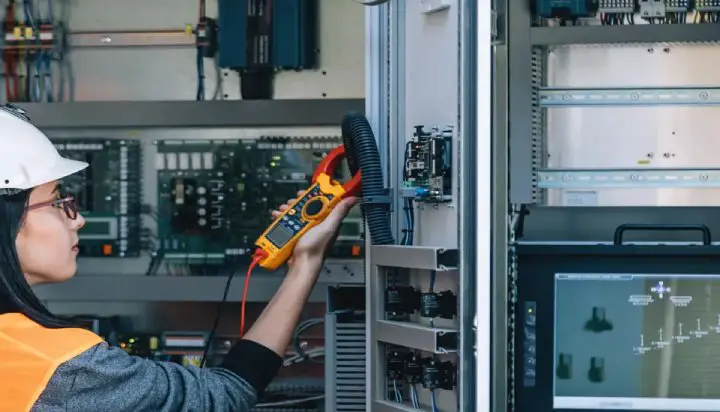
The 2 Phase Vs 3 Phase Power Debate
To understand the basic comparison of the 2 phase vs 3 phase power to find the frontrunner, look beneath and learn:
Wiring System
The 2-phase system contains 4 wires where the 2 cables go on each phase. On the other hand, a 3-phase system has 4 wires while 3 cables go on each phase and one cable is neutral. Thanks to this trait, the 3-phase system ensures better electrical safety.
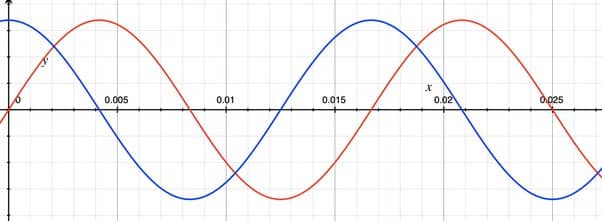
Working Habit
To run the 2-phase in AC line, the devices or machines will shift by 1/4 cycle (at 90 degrees) while the power can’t go smoothly unless using a 3rd conductor.
In comparison, the 3-phase system run devices or machines by shifting in 1/3 cycle (at 120 degrees) while the power goes smoothly with no need for a conductor.
Consistent Efficiency
The 3-phase system contains current capacity per phase that shift 3x (times) power. That helps it to shift the same (aka consistent which is even) flow for the same voltage drop or cable power loss.
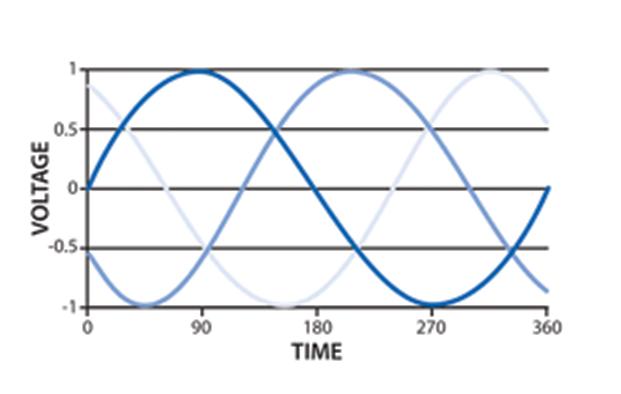
Conversely, the 2-phase system can transmit the same power but if the voltage drops or cable power loses, it might lack to do so.
Meaning the power is the same as the 3-phase but the sudden change in electricity can affect the performance.
Application Style
AC (Alternating Current) is run in 3 or 2 phases, but the application style is diverse. For industrial use where one has to run large induction motors, electric motors, and other heavy loads, you should use 3-phase power.
Then again, you might want to use 2-phase power to run old commercial distribution of electrical energy, ARC welding, reactors, or other control systems.
Plus, the 2-phase requires more amount of conductor material than the 3-phase system due to load usage.
Power Density
Both systems have uncommon power density which poles the 2-phase apart from 3-phase. To put it clearly, the 2-phase system needs 4 wires while each hold 70 Amps and makes 10 kilowatts which are less.
In contrast, the 3-phase system needs 3 wires while each carry 70 Amps and makes 15 kilowatts which seems strong to run big loads.
Starting Torque
If talking about self-starting, the 2-phase and 3-phase react inversely. The 2-phase which runs high-power machines ensures no vibrations or stress when power is varying.
Although it is not able to maintain the same level of power but ensure no issue with torque to start the motor from a standstill.
Oppositely, the 3-phase system confirms stable power while power varies but might show some issue on the toque to start a device from a standstill (not all the time).
Why Do We Use 2 Phase Instead Of 3 Phase?
- The 2-phase system fulfills lack of 1-phase power. That’s why a lot of folks use it for temporary purposes than the 3-phase system.
- To make a nonstop rotating magnetic field, the 2-phase system stands out better than the 3-phase.
- The initial cost of the 2-phase is low than the 3-phase.
- In terms of safety and flexibility, the 2-phase is a better choice. Folks can use the 2-phase power derived from 3-phase using the two transformers and Scott-T circuit.
- The 2-phase system offers better starting torque, torque harmonics, power, and less copper loss for larger buildings (not industrial level) than the 3-phase.
Why Do We Use 3 Phase Instead Of 2 Phase?
- Power generates better when using the 3-phase (as the higher numbers of phases help the energy to shift into the mediums or machines so they can run better). Plus, it requires less effort compared to the 2-phase system!
- In terms of transmission of home electricity, the 3 wires of a 3-phase system play better than the 2 wires of a 2-phase. Meaning the house will face fewer repairs thanks to the low chance of electrical shock, fire, or other issues.
- Industrial load (like heavy machines) will run smoothly if using the 3-phase power, unlike the 2-phase system.
- The 3-phase system tends to be balanced (as possible) as the 2-phase. In domestic loads, the house mostly uses 3 separate phases (3 wires) with a neutral connection. But the 2-phase system doesn’t allow a separate set of loads even if it uses 4 wires.
- To run a fan, the 2-phase requires a separate capacitor, unlike the 3-phase system. Meaning less spending in long run.
Is My House 2 Phase Or 3 Phase – How to Identify?
To know if the house power supply is 2-phase or 3-phase, look at the electricity power meter that will have a written statement.
Another way you can tell is by looking at the wire or fuse number. If the 2-phase power, it will have a two-phase wire or fuse. Similarly, the 3-phase power will contain a three-phase wire or fuse.
In residential or home power, phase 2 or 3 isn’t suitable to provide the stable and right power. Both of them are made for different purposes.
The 2 phase is suitable for buildings that require less than 10 kW of energy. Then, the 3-phase is ideal if the building uses more than 7.5 kW of energy.
FYI, the 1-phase power is what all house electricity uses to get the needed energy instead of 2 or 3-phase. Check the 3 phase vs single phase to know about their comparison.
Ending Notes
After seeing the argument of 2 phase vs 3 phase power system, both do great for separate reasons. In terms of the winner, it’s the 3-phase to ensure stable power which is balanced and cost less in long run (which can be measured if you think wider perspective).
That doesn’t mean you can’t use the 2-phase system since it also confirms the stable power with a little change in power density to run welding stuff.



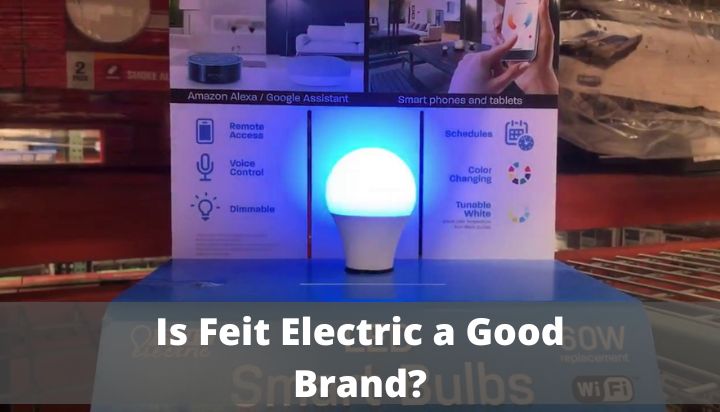
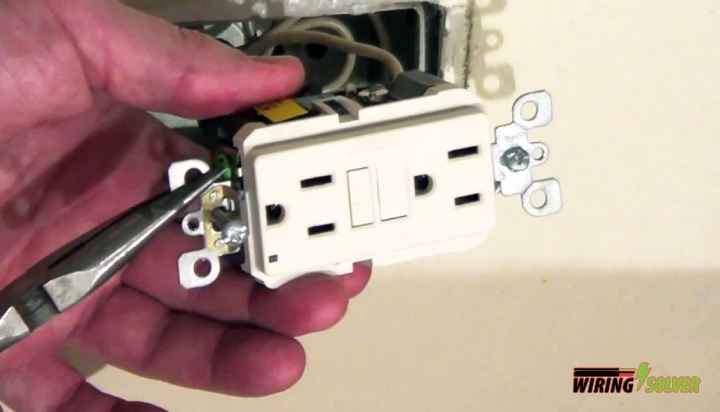
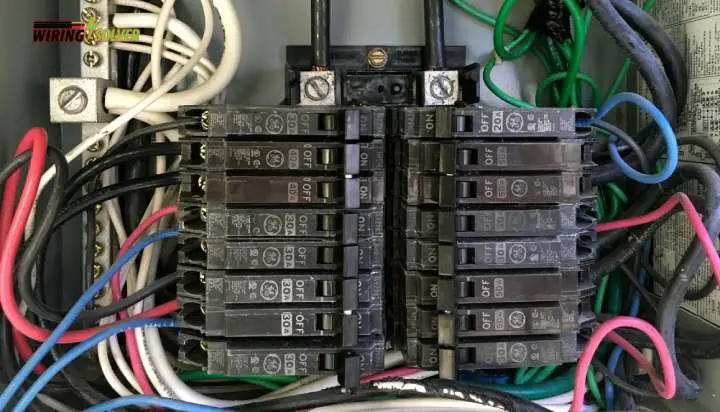
![Transfer Switch Vs Interlock [Know The Difference]](https://wiringsolver.com/wp-content/uploads/2022/05/Transfer-Switch-Vs-Interlock.jpeg)